Time is Money
Displaying blog entries 1-10 of 11
This is a well maintained three bedroom home in the heart of Welches. Big bonus with huge loft and attached hot tub room. I'm not kidding!!! The lot is huge and private with a natural backyard and cozy covered porch. You'll love the neighborhood and the location. Perfect full time or vacation home. Walk to stores and restaurants and shopping. Easy access to the 27 hole golf course down the street or only 20 minutes to the slopes. Comes furnished too! $449,950.
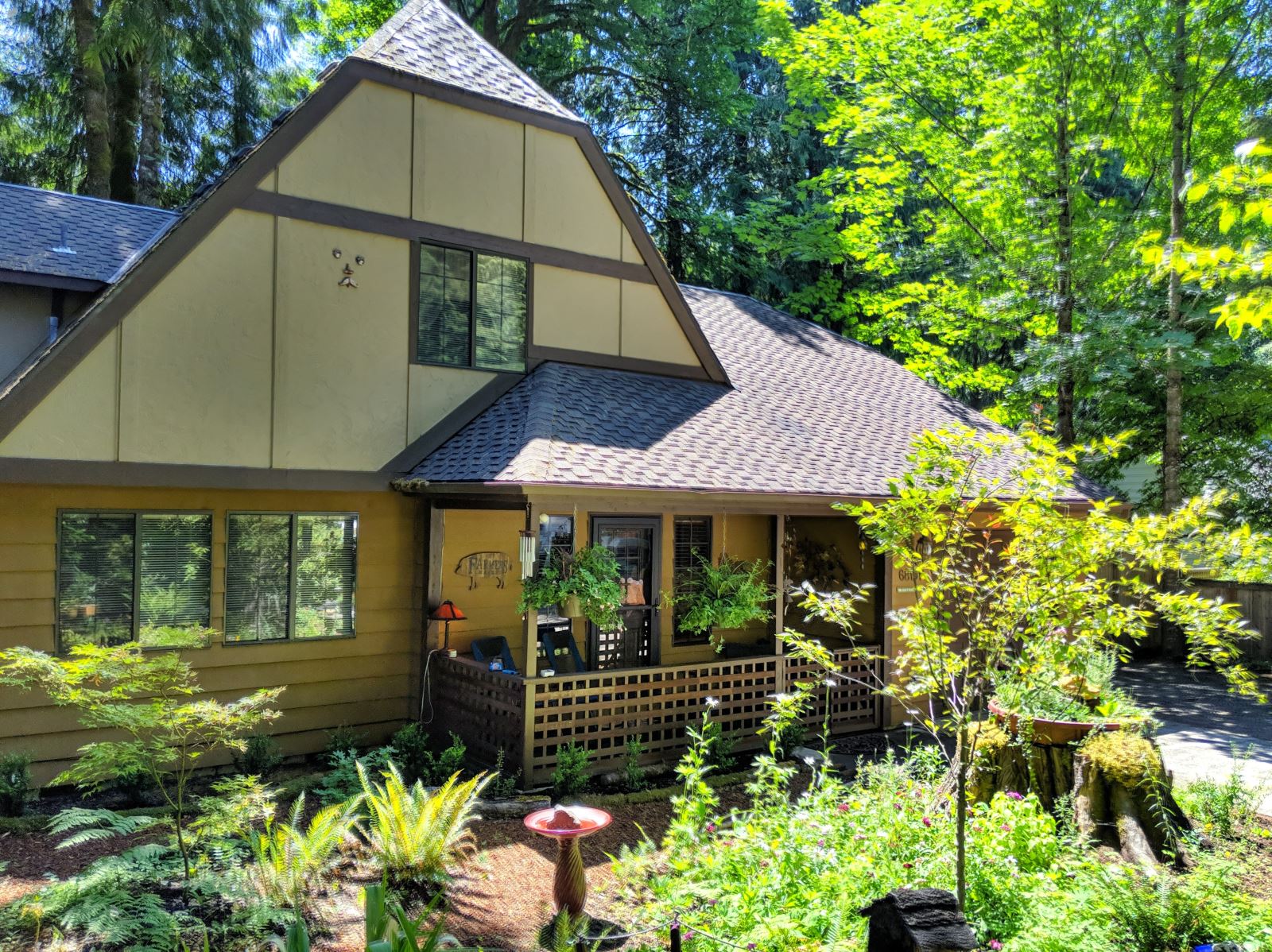


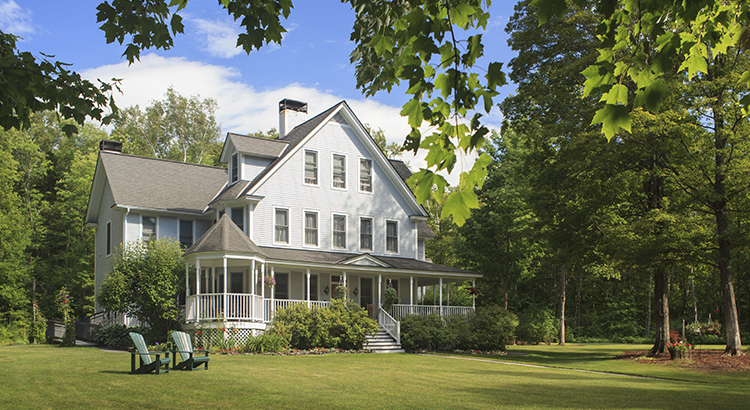
Remote workers have been moving to Mt. Hood in droves. They are not only buying full time homes but second homes where they can escape the city. Over the past year, many homeowners realized what they need in a home is changing, especially with the rise in remote work. If you’re longing for a dedicated home office or a change in scenery, now may be the time to find the home that addresses your evolving needs.
Before the pandemic, only 21% of individuals worked from home. However, if you’ve recently discovered remote work is your new normal, you’re not alone.
A survey of hiring managers conducted by Statista and Upwork projects 37.5% of U.S. workers will work remotely in some capacity over the next 5 years (see chart below):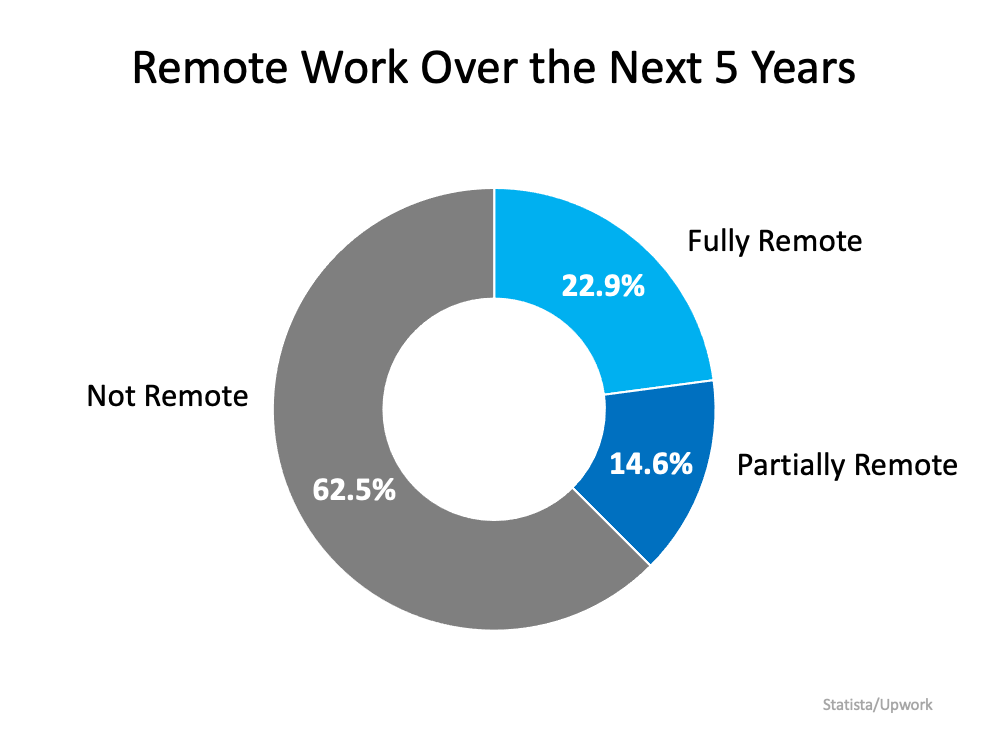
If you fall in that category, working from home may provide you with opportunities you didn’t realize you had. The ongoing rise in remote work means a portion of the workforce no longer needs to be tied to a specific area for their job. Instead, it gives those workers more flexibility when it comes to where they can live.
If you’re one of the nearly 23% of workers who will remain 100% remote, you have the option to move to a lower cost-of-living area or to the location of your dreams. If you search for a home in a more affordable area, you’ll be able to get more house for your money, freeing up more options for your dedicated office space and more breathing room. You could also move to an area you’ve always dreamed of vacationing in – somewhere near the beach, the mountains, or simply an area that features better weather and community amenities. Without your job tying you to a specific location, you’re bound to find your ideal spot.
If you’re one of the almost 15% of individuals who will have a partially remote or hybrid schedule, relocating within your local area to a home that’s further away from your office could be a great choice. Since you won’t be going into work every day, a slightly longer commute from a more suburban or rural area could be a worthy trade-off for a home with more features, space, or comforts. After all, if you’ll still be at home part-time, why not find a home that better suits your needs?
According to the latest Top Ten Issues Affecting Real Estate from The Counselors of Real Estate (CRE), many homebuyers are already taking advantage of their newfound flexibility:
“. . . after years of apparent but variant trends towards urbanization, the pandemic universally caused a movement away from urban cores, particularly for those with higher incomes who could afford to move and for lower-income individuals seeking lower costs of living.”
If you’ve found what you’re looking for in a home has changed due to remote work, it may be time to make a move. Let’s connect today to start prioritizing your home needs.

With home prices continuing to deliver double-digit increases, some are concerned we’re in a housing bubble like the one in 2006. However, a closer look at the market data indicates this is nothing like 2006 for three major reasons.
Back in 2006, nearly everyone could qualify for a loan. The Mortgage Credit Availability Index (MCAI) from the Mortgage Bankers’ Association is an indicator of the availability of mortgage money. The higher the index, the easier it is to obtain a mortgage. The MCAI more than doubled from 2004 (378) to 2006 (869). Today, the index stands at 130. As an example of the difference between today and 2006, let’s look at the volume of mortgages that originated when a buyer had less than a 620 credit score. Dr. Frank Nothaft, Chief Economist for CoreLogic, reiterates this point:
Dr. Frank Nothaft, Chief Economist for CoreLogic, reiterates this point:
“There are marked differences in today’s run up in prices compared to 2005, which was a bubble fueled by risky loans and lenient underwriting. Today, loans with high-risk features are absent and mortgage underwriting is prudent.”
During the housing bubble, as prices skyrocketed, people were refinancing their homes and pulling out large sums of cash. As prices began to fall, that caused many to spiral into a negative equity situation (where their mortgage was higher than the value of the house).
Today, homeowners are letting their equity build. Tappable equity is the amount available for homeowners to access before hitting a maximum 80% combined loan-to-value ratio (thus still leaving them with at least 20% equity). In 2006, that number was $4.6 billion. Today, that number stands at over $8 billion.
Yet, the percentage of cash-out refinances (where the homeowner takes out at least 5% more than their original mortgage amount) is half of what it was in 2006.
FOMO (the Fear Of Missing Out) dominated the housing market leading up to the 2006 housing bubble and drove up buyer demand. Back then, housing supply more than kept up as many homeowners put their houses on the market, as evidenced by the over seven months’ supply of existing housing inventory available for sale in 2006. Today, that number is barely two months.
Builders also overbuilt during the bubble but pulled back significantly over the next decade. Sam Khater, VP and Chief Economist, Economic & Housing Research at Freddie Mac, explains that pullback is the major factor in the lack of available inventory today:
“The main driver of the housing shortfall has been the long-term decline in the construction of single-family homes.”
Here’s a chart that quantifies Khater’s remarks: Today, there are simply not enough homes to keep up with current demand.
Today, there are simply not enough homes to keep up with current demand.
This market is nothing like the run-up to 2006. Bill McBride, the author of the prestigious Calculated Risk blog, predicted the last housing bubble and crash. This is what he has to say about today’s housing market:
“It’s not clear at all to me that things are going to slow down significantly in the near future. In 2005, I had a strong sense that the hot market would turn and that, when it turned, things would get very ugly. Today, I don’t have that sense at all, because all of the fundamentals are there. Demand will be high for a while because Millennials need houses. Prices will keep rising for a while because inventory is so low.”
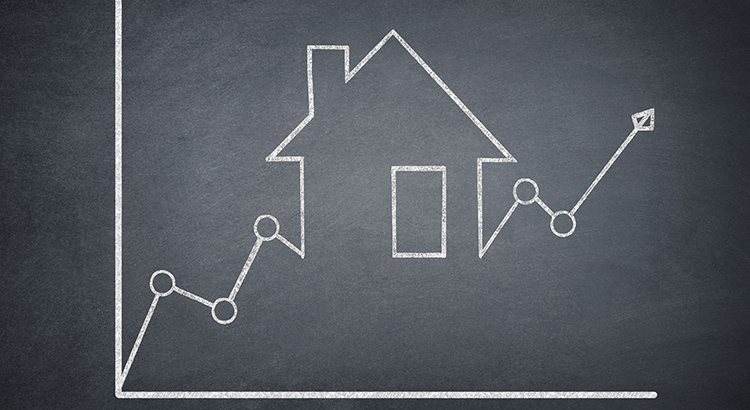
An important factor in today’s market is the number of homes for sale. While inventory levels continue to sit near historic lows, there are indications we may have hit the lowest point we’ll see. Odeta Kushi, Deputy Chief Economist at First American, recently said of our supply challenges:
“It looks like inventory may have hit a bottom (we’ve seen this in the higher frequency data as well). Unsold inventory in May was at 2.5 months supply, up from 2.4.”
To put it into perspective, the graph below shows levels of inventory rising since the beginning of the year: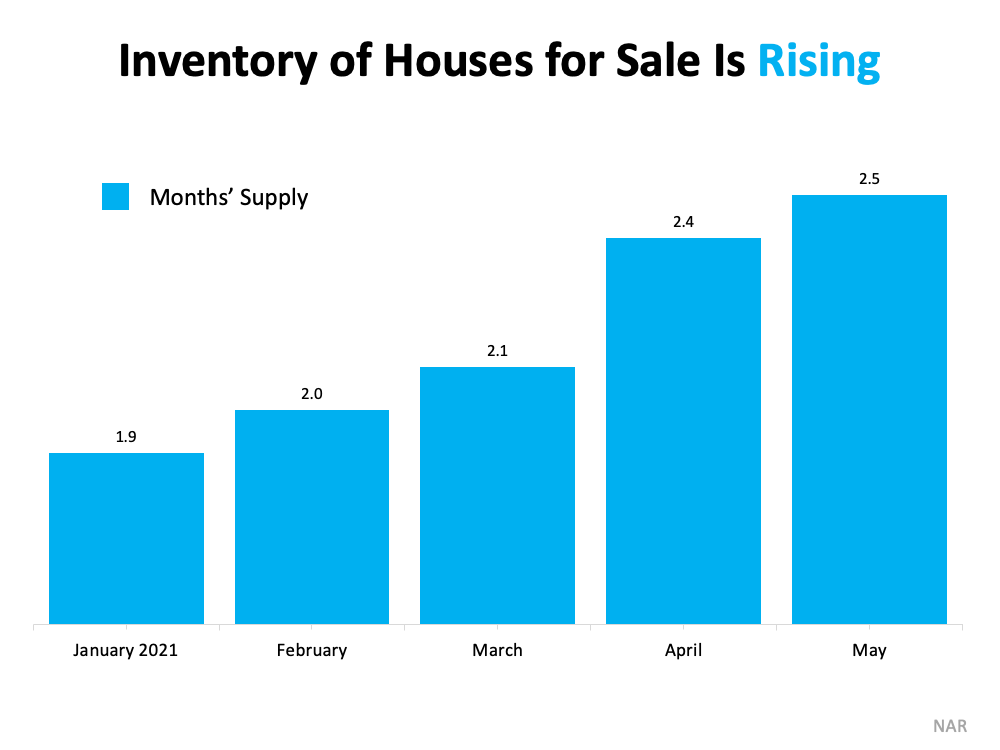 We’re still not close to a balanced market, which would be a 6 months’ supply of homes for sale. However, we are seeing a slow but steady increase in homes coming up for sale. And that leaves many buyers and sellers wondering the same thing: what does that mean for me?
We’re still not close to a balanced market, which would be a 6 months’ supply of homes for sale. However, we are seeing a slow but steady increase in homes coming up for sale. And that leaves many buyers and sellers wondering the same thing: what does that mean for me?
If you’re a buyer, more inventory coming to market is a welcome sight. More supply means more options and less competition, which could mean fewer bidding wars.
According to the latest Monthly Housing Market Trends Report, supply levels are continuing to increase, which is different from the typical summer market:
“In June, newly listed homes grew by 5.5% on a year-over-year basis, and by 10.9% on a month-over-month basis. Typically, fewer newly listed homes appear on the market in the month of June compared to May. This year, growth in new listings is continuing later into the summer season, a welcome sign for a tight housing market.”
If you’re having trouble finding your next home, this news should give you the hope and motivation to keep your buying process moving forward. Experts project mortgage rates will begin increasing, which will make purchasing a home less affordable as time passes. You can still capitalize on today’s low interest rates, so stick with your search as more homes come to market.
Mt. Hood's current supply sits at 15 properties on the market. A load of 36 pending sales are awaiting for closing.
If you’ve been putting off selling your house, you shouldn’t wait much longer. The year’s month-over-month gains in homes for sale have helped buyers, but we’re still very much in a sellers’ market.
As the graph below shows, even with the number of homes for sale rising, we’re still well below the supply levels we’ve seen historically: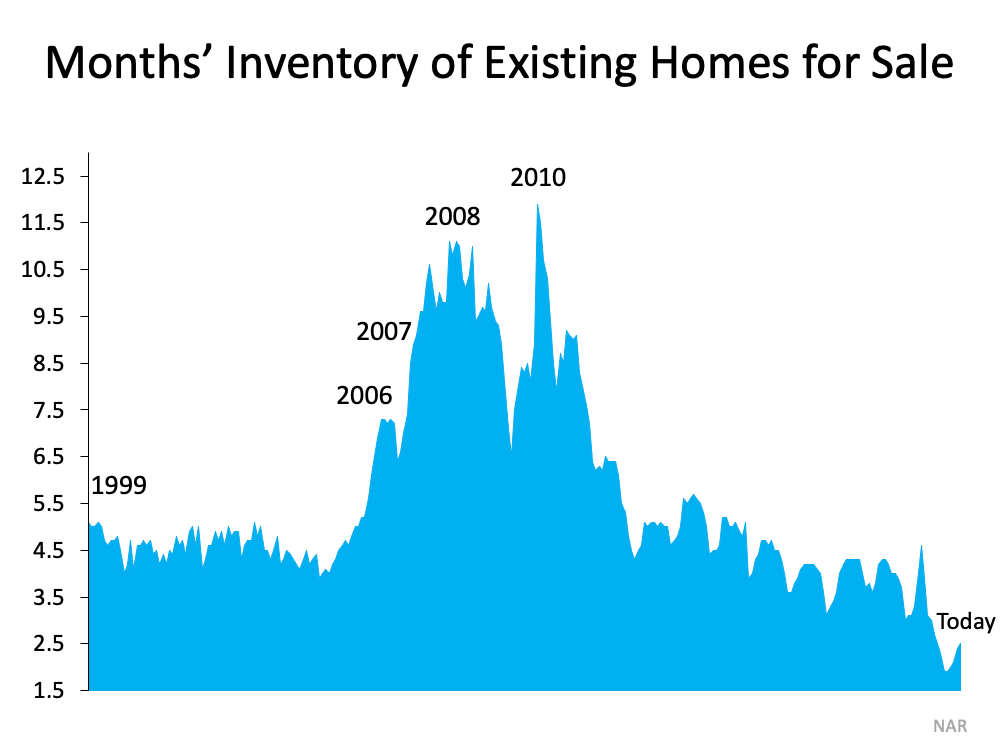 Of course, more homes are coming to market now, and more are expected in the coming months. Selling your house this summer gives you the chance to get ahead of the competition and maximize your sales potential before more homes are put up for sale in your neighborhood.
Of course, more homes are coming to market now, and more are expected in the coming months. Selling your house this summer gives you the chance to get ahead of the competition and maximize your sales potential before more homes are put up for sale in your neighborhood.
More homes for sale means more options for buyers and more competition for sellers. Whether you’re looking to buy or sell, let’s connect today to discuss your options and why it’s still a good time to make your move.
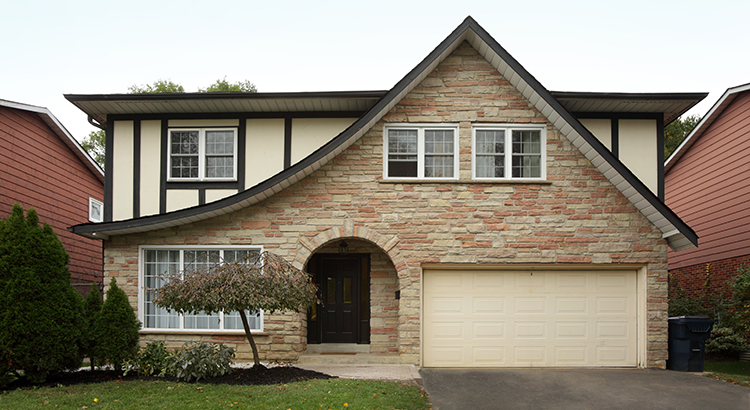
There’s no denying we’re in a sellers’ market. With low inventory and high buyer demand, homes today are selling above the asking price at a record rate. According to the latest Realtors Confidence Index Survey from the National Association of Realtors (NAR):
Because so many buyers are competing for so few homes, bidding wars are driving up home prices. According to an average of leading expert projections, existing home prices are expected to increase by 8.9% this year.
Yet even in today’s red-hot sellers’ market, it’s important to price your house right. While it may be tempting to price your house on the high side to capitalize on this trend, doing so could limit your house’s potential.
Here’s the thing – a high price tag doesn’t mean you’re going to cash in big on the sale. While you may be trying to maximize your return, the tradeoff may be steep. A high list price is more likely to deter buyers, sit on the market longer, or require a price drop that can raise questions among prospective buyers.
Instead, focus on setting a price that’s fair. Real estate professionals know the value of your home. By pricing your house based on its current condition and similar homes that have recently sold in your area, your agent can help you set a price that’s realistic and obtainable – and that’s good news for you and for buyers.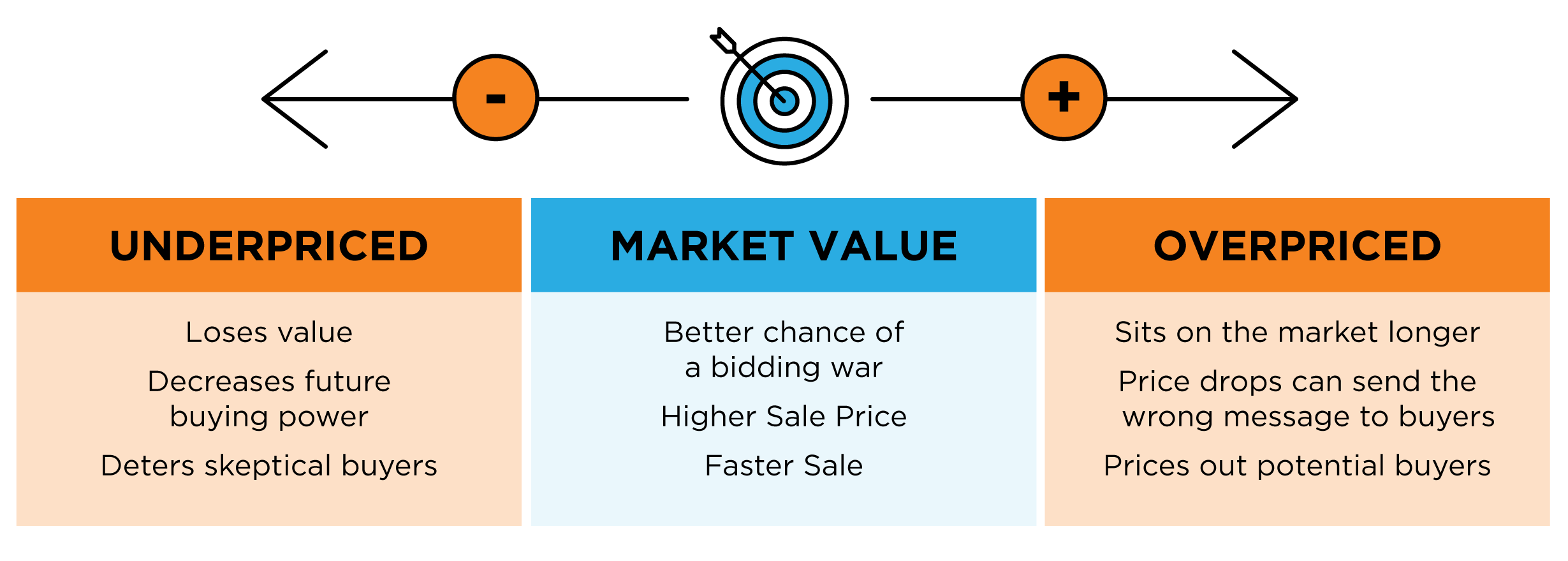 When you price your house right, you increase your home’s visibility, which drives more buyers to your front door. The more buyers that tour your home, the more likely you’ll have a multi-offer scenario to create a bidding war. When multiple buyers compete for your house, that sets you up for a bigger win.
When you price your house right, you increase your home’s visibility, which drives more buyers to your front door. The more buyers that tour your home, the more likely you’ll have a multi-offer scenario to create a bidding war. When multiple buyers compete for your house, that sets you up for a bigger win.
When it comes to pricing your house, working with a local real estate professional is essential. Let’s connect so we can optimize your exposure, your timeline, and the return on your investment, too.
U.S. 26 Paving: Weber Rd. to East Cherryville Dr.
Expect delays with two-lane closures on U.S. 26 with both directions of traffic sharing one side of highway
For the next several weeks, there will be two-lane closures for paving work on U.S. 26 between Weber Road and East Cherryville Drive from Tuesday mornings to Friday mornings.
During this work, both directions of U.S. 26 traffic will travel on the same side of the median.
Expect delays while traffic is crossed over the median
From midnight Tuesday mornings to Friday mornings for the next several weeks, crews will close two lanes of U.S. 26 for paving. During these lane closures, traffic will share one side of the highway, meaning both eastbound and westbound traffic will travel on the same side of the cable median.
During this time travelers can expect regular delays. Flaggers will be stationed at each of the intersections within the project area and will stop traffic to allow people to turn in or out of these intersections when necessary.
About the project
This section of U.S. 26 is part of a widely used corridor and a significant route for freight, recreation and nearby communities. The pavement in the project area is in need of resurfacing and other upgrades to maintain smooth, safe travel through the area before further deterioration requires full reconstruction.
This project will repave 2.1 miles of U.S. 26 in both directions between Weber Road and East Cherryville Drive and replace approximately 10,000 feet of guardrail, upgrade 8,000 feet of median cable barrier and replace signs, striping and rumble strips in the area to maintain safe travel.
Typical traffic impacts
Traffic impacts throughout the project will include single lane, double lane and shoulder closures on U.S. 26 both day and night. Travelers should expect up to 20 minute delays at times. There will generally be no lane closures during daytime hours from Friday morning to Sunday afternoon to accommodate weekend traffic. People biking, walking or rolling on U.S. 26 will use a signed detour on Cherryville Drive and Baty Lane through the project area.
Project schedule
Work began on this project in June and we expect to complete the work by the end of 2021.
Heres what it looks like nationally. Undoubtedly, the Mt. Hood area will go over the 8.66% average for the US. Our numbers are off the chart! This makes appraisals difficult and challenging for lenders as we are constantly seeing buyers willing to make up the difference in offer price and sales prices.

Home prices have increased significantly over the last year, which in turn has grown the net worth of homeowners. Appreciation and home equity are directly linked – as the value of a home increases, so does a homeowner’s equity. And with these recent gains, homeowners are witnessing their financial stability and well-being grow to record levels.
In more good news for homeowners, the most recent Home Price Expectations Survey – a survey of a national panel of over one hundred economists, real estate experts, and investment and market strategists – forecasts home prices will continue appreciating over the next five years, adding to the record amount of equity homeowners have already gained over the past year. Below are the expected year-over-year rates of home price appreciation from the report: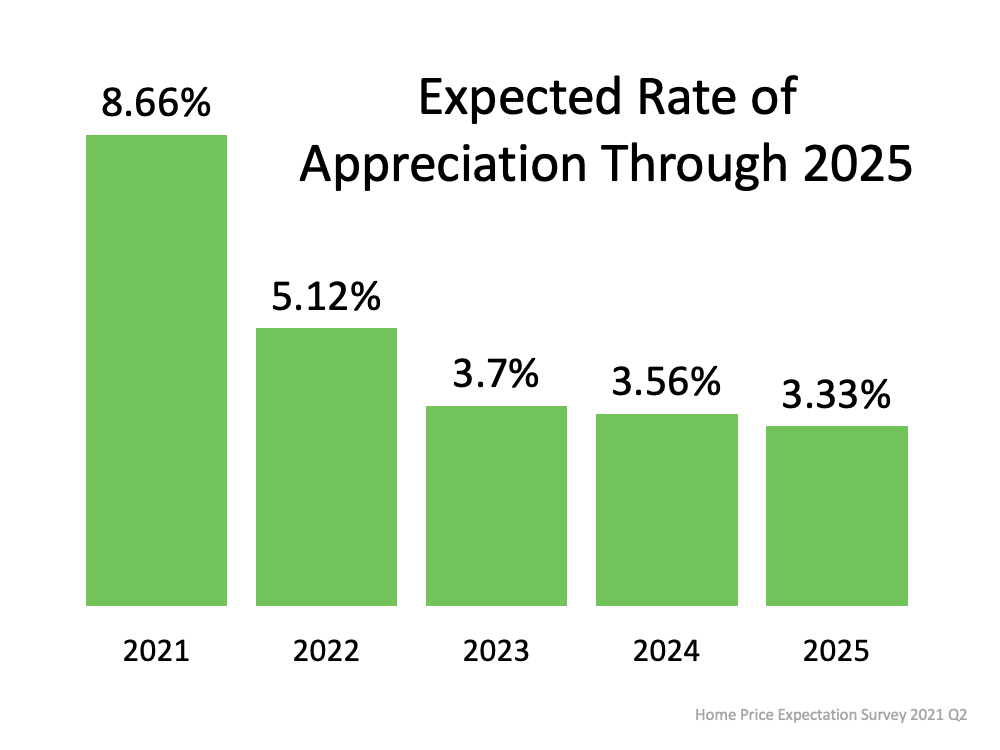
Home prices are climbing today, and the data in the survey indicates they’ll continue to increase, but at rates that approach a more normal pace. Even still, the amount of household wealth a homeowner stands to earn going forward is substantial. This truly becomes clear when we consider a scenario using a median-priced home purchased in January of 2021 and the projected rate of appreciation on that home over the next five years. As the graph below illustrates, a homeowner could increase their net worth by a significant amount – over $93,000 dollars by 2026.
CoreLogic recently released their quarterly Homeowner Equity Insights Report, which tracks the year-over-year increases in equity. It shows an average annual gain of $33,400 per borrower over the past 12 months. In the report, Dr. Frank Nothaft, Chief Economist for CoreLogic, further explains:
"Double-digit home price growth in the past year has bolstered home equity to a record amount. The national CoreLogic Home Price Index recorded an 11.4% rise in the year through March 2021, leading to a $216,000 increase in the average amount of equity held by homeowners with a mortgage.”
The expected, sustained growth of home prices means homeowners can continue to build on the past year’s record levels of home equity – and their financial prosperity. It also presents today’s homeowners with a unique opportunity: using their growing equity for a home upgrade. With so few homes available to purchase and strong buyer demand, there may not be a better time to sell your current house and move into one that better meets your needs.
Home prices are expected to continue appreciating over the next five years, and the associated equity gains are the quickest way homeowners can build household wealth. If you're a current homeowner who’s ready to take advantage of your built-up equity, let’s connect today to discuss your options.

Wishing you a happy and safe Independence Day.
Displaying blog entries 1-10 of 11

